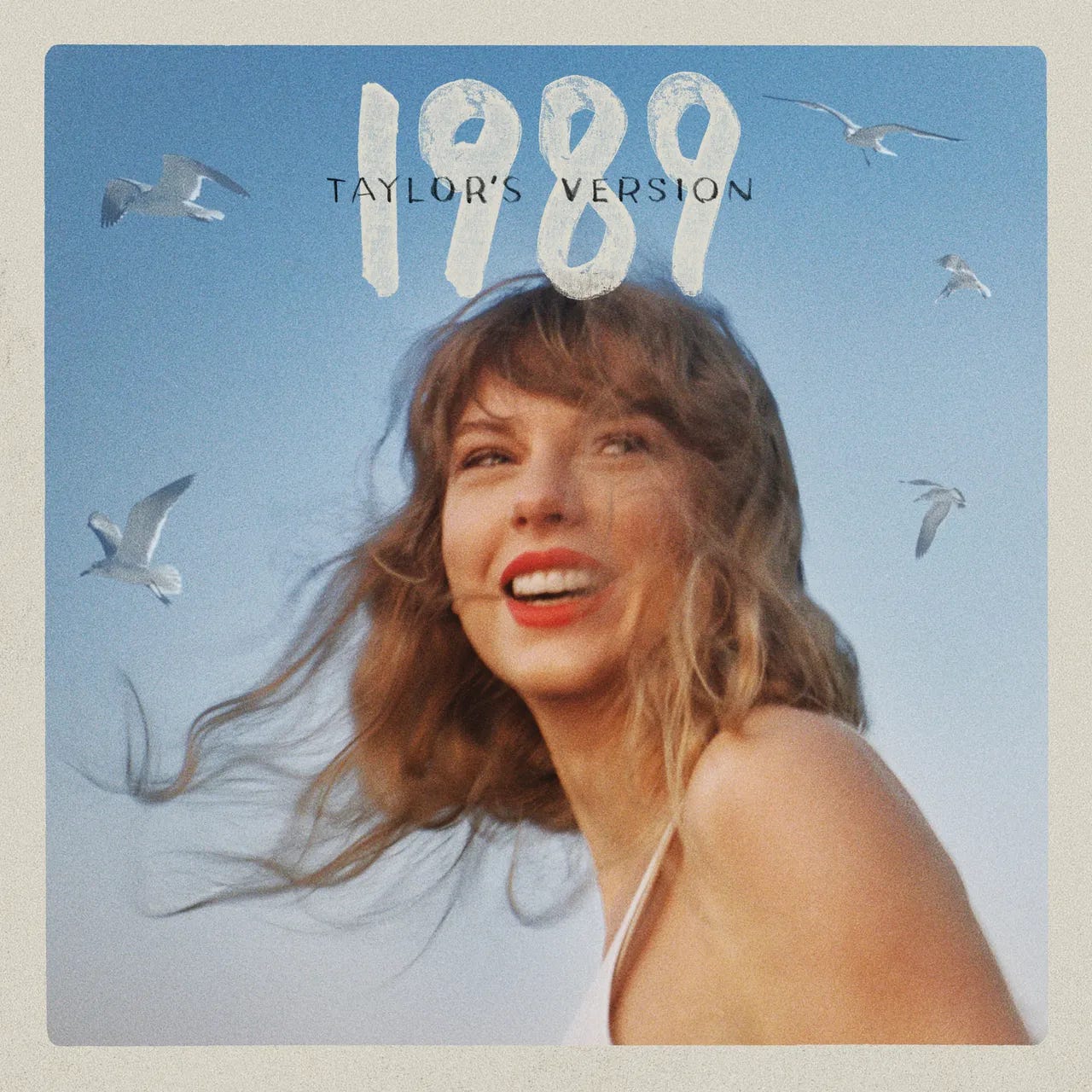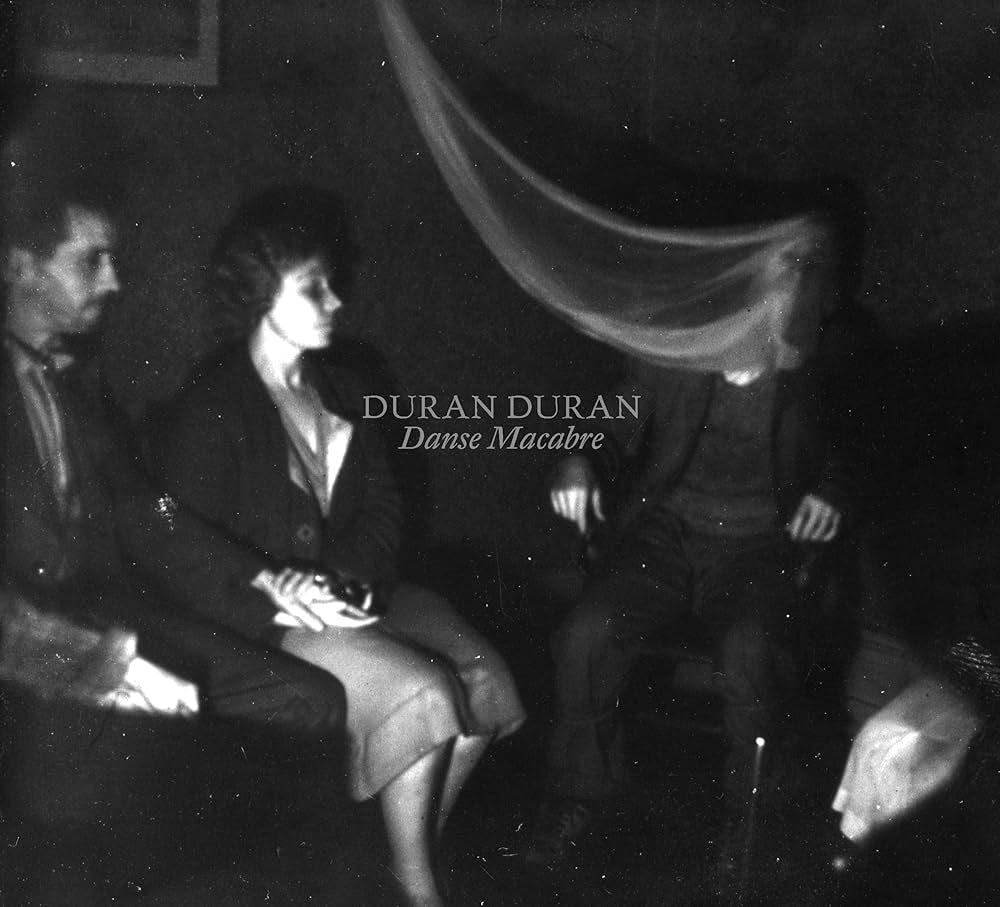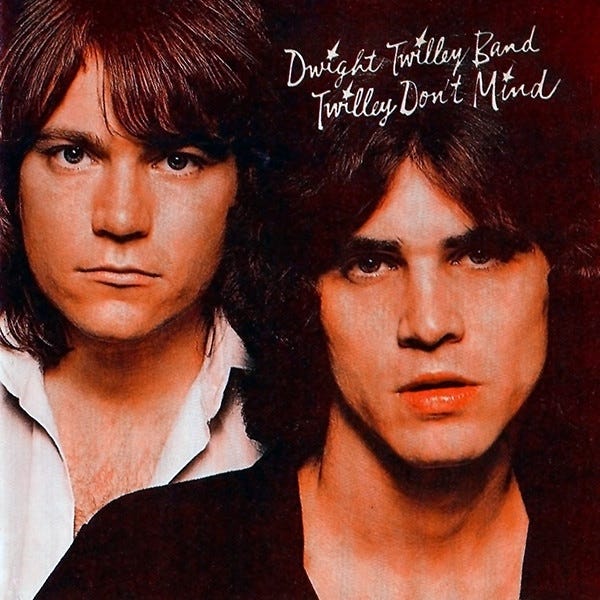Pumping On Your Stereo, 11-2-23
The Beatles say goodbye and expand the Red & Blue albums, the Rolling Stones come back, live Hüsker Dü, Taylor Swift fatigue, Duran Duran dances macabre.
The Rolling Stones—Hackney Diamonds (2023)
Ever since Charlie Watts died, the Rolling Stones album I've played the most is Emotional Rescue. Never put on the shortlist of the greatest albums the Stones ever made, Emotional Rescue is the rare Stones album that could conceivably be classified as forgotten, or at least neglected. Sure, it topped the US and UK charts in 1980 but it's very much tied to that moment, a slight, slinky and sleazy record where the Rolling Stones don't bother with much apart besides being the Rolling Stones—playing music of and for the present.
Maybe it's because I've listened to Emotional Rescue in the last couple of years but it's the record that keeps popping into my mind as I've spent the past few weeks living with Hackney Diamonds, the first collection of new Rolling Stones material in nearly two decades. Hackney Diamonds doesn't feel fussed over, it doesn't carry the weight of the band's legacy on its shoulders: it's a snapshot of where the Rolling Stones are now, playing music of and for the present.
The Stones are a much different band in 2023 than they were in 1980, of course. Mick Jagger and Keith Richards are the only surviving original band members but Ron Wood has been with them for nearly fifty years, so he's no longer a junior partner. The death of Watts hangs over the band but not quite as heavy as you might expect because this is a record made with forward motion in mind. Earlier this year, Jagger told Richards they'd spent enough time dicking around in the studio and they're going to finish a record by Valentine's Day. The Stones made that deadline, carrying over a few finished songs with Charlie—including "Live by the Sword," which features original Stone Bill Wyman on bass—but basically relying on material they recorded recently with producer Andrew Watt.
In effect, Hackney Diamonds is the reverse image of Voodoo Lounge: a brisk listen unencumbered by legacy. Nobody would mistake this for Exile In Main St.—it's all brightly-lit sharp angles, a collection of clean, crisp rockers punctuated by a couple of country-blues rambles. The shifts in gear don't feel abrupt, they're natural downshifts from a band that still likes to spend an hour in a dive bar even though they wouldn't while away an entire evening there anymore. The record moves so swiftly, it's easy to not realize how Keith's trademark open-chord riffing feels streamlined, melded to a drum track instead of driving the rhythm. That's a notable shift but Hackney Diamonds still feels like the Stones. The band still nimbly balances their churning guitars with melody and a magpie sensibility, cribbing from contemporary sources just enough to disguise the fact that they still rely on an old blueprint. It's an appealing blend, particularly because Jagger isn't even attempting to act like he has grave issues on his mind. He's writing rock & roll, sometimes with a melancholy twinge, but he's basically in the mood to celebrate another day of living, which is why Hackney Diamonds defies the odds and delivers a good time: it's a snapshot of the latter-day Stones embracing the joy of still being able to make a racket whenever they'd like.
The Beatles—Now and Then (2023)
The Beatles—1962-1966 [Expanded] (2023; 1973)
The Beatles—1967-1970 [Expanded] (2023; 1973)
I spent most of my energy in regards to "Now and Then" on my story for the Los Angeles Times, where I chronicled its evolution from a John Lennon demo into the "final" song by the Beatles. The short of it is, "Now and Then" is a mere suggestion of a song by John Lennon fleshed into a wistful, gorgeous record by Paul McCartney. The reunited Beatles took a stab at recording "Now and Then" back in the 1990s but abandoned the project because George Harrison called it "rubbish." His widow Olivia released a statement claiming George's disdain was due to technical issues but if you listen to one of the original demos in circulation, it's not hard to see why he might not have wanted to work hard on the track: it has the suggestion of a finished song, missing key lyrics and melodic segments. Instead of patching these areas, McCartney whittled "Now and Then" down to its essence: a yearning for an absent partner. It's not hard to read that as a message from John to Paul, and McCartney responds accordingly, crafting an arrangement that accentuates the wistfulness as well as the love. That's enough to make this an unexpectedly moving footnote to the Beatles' story: it doesn't change the contours but accentuates the emotional bond at the core of the group.
I've also had a preview of the expanded and remastered editions of the Red and Blue compilations, scheduled for release next week. I'm aboard with the idea of expanding the track listings to these fifty-year-old collections but I occasionally find the additional material throws off the flow; I also quibble with the inclusion of "Roll Over Beethoven" instead of "Don't Bother Me" as an early George song, but that's nitpicking. I have no such reservations about the remixes Giles Martin has performed on the early material. Using the same machine learning technology that helped "Now and Then" finally come to fruition, Martin isolates the individual elements from the recordings from the Beatles' early years, then remixes them in genuine stereo. The results are bold and lively and generally adhere to the feel of the original mono mixes. Generally speaking, I do prefer the original mono mixes but there's a need for these refurbished stereo mixes, particularly for streaming services, and Martin does a smashing job here.
That said, I do find the alternate fadeout on "I Am the Walrus" disconcerting.
Taylor Swift—Taylor Swift: The Eras Tour (2023)
Taylor Swift—1989 (Taylor's Version) (2023)
After enjoying Taylor Swift: The Eras Tour more than I expected—not much as a film but an expertly captured concert, which isn't the easiest thing to do—I found my Taylor fatigue returning about a minute into "Welcome to New York (Taylor's Version)," the opening song of 1989 (Taylor's Version). Like the previous Taylor's Versions, 1989 receives an expert re-creation where the differences are subtle and not consequential to the larger picture. To my ears, there isn't much different with 1989—some nuance in her vocals, mainly, which isn't necessarily a benefit to something like "Shake it Off"—and that just makes me think of how Swift has manage to cultivate a substantial audience for a project that's mainly futureproofing her music placements. Usually, the Vault selections—older songs polished off so there's something genuinely new to talk about—help justify this endeavor and while "Say Don't Go" has an insistent enough hook, by the time this suite of song concludes the eighty-minute experience of 1989 (Taylor's Version), my energy has dissipated. Maybe it wouldn't suit her creatively but there are portions of her audience that may benefit from her taking an extended break once this Taylor's Version project concludes.
Hüsker Dü—Tonite Longhorn (2023; 1979-1980)
A companion piece of sorts to Numero's 2017 collection Savage Young Dü, Tonite Longhorn gathers highlights from live tapes recorded at four gigs between July 1979 and September 1980, the period when Hüsker Dü were still getting their sea legs. Grant Hart quips at the end of the opening "Insects Rule the World" that "we're not the most professional band in the Twin Cities," yet the group still conveyed a true sense of identity this early on: as sloppy as it could be, their roar could be incandescent. The band learned quickly, too: the September 25, 1980 set—one where they cover the Heartbreakers' "Chinese Rocks"—may have murkier audio but it showcases a tighter band. It's a bit of a footnote to the main text of Savage Young Dü yet given the dearth of archival Dü material, its release is still very welcome.
Duran Duran—Danse Macabre (2023)
There's a certain daft charm in Duran Duran choosing to celebrate their induction to the Rock & Roll Hall of Fame by releasing Danse Macabre, a Halloween-themed album that is as silly as it is spooky. Humor has always been one of Duran Duran's secret weapons and the endearing thing about Danse Macabre is that the band not only is in on the joke, they also manage to conjure an appealing dark disco throb that showcases their pop-funk skills quite well, too. If I had listened to this prior to ranking Duran Duran's best songs for AV Club, a couple of the tracks may have made the list.
Dwight Twilley RIP
The trick to Dwight Twilley's music in his heyday with Phil Seymour is that the pair didn't quite sound like studio rats: they had a swagger that rivaled their friends in Tom Petty & the Heartbreakers. The albums by the Dwight Twilley Band—Sincerely and Twilley Don't Mind, plus the unavailable on streaming The Great Lost Twilley Album—are among the best power pop records partially because they don’t forget to rock. My Twilley obituary for the Los Angeles Times
The Feelies—Some Kinda Love: Performing the Music of the Velvet Underground (2023)
The Feelies playing their favorite songs from their favorite band is an absolute blast.
My review for Pitchfork.








